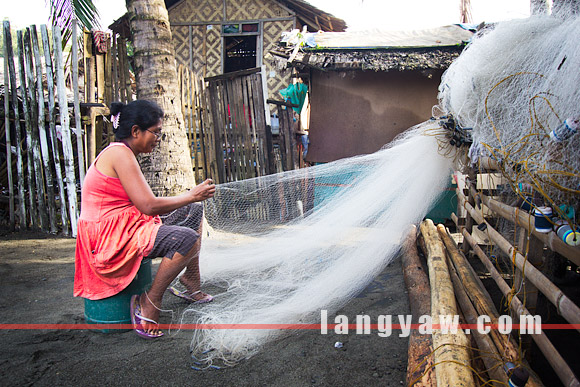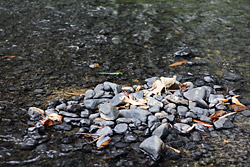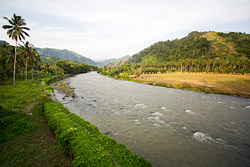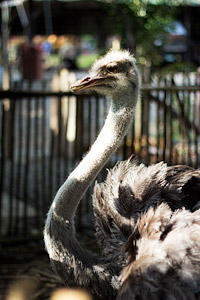
 Mindanao, the Philippines’s second largest island has a veil of mystery draped around her. Feared by the uninformed but loved by those who know her true worth and beauty. This series is my tribute for Mindanao, where I’ve been crisscrossing over the years and where a part of me also comes from. Maitum, at first look, seems just any provincial town in Mindanao that one just passes by along the way: habal habals, tricycles and VHires go about their daily routines, ordinary houses, large rice fields, old stands of coconuts and a good highway that hastens one’s travel. But then again, its just the surface.
Mindanao, the Philippines’s second largest island has a veil of mystery draped around her. Feared by the uninformed but loved by those who know her true worth and beauty. This series is my tribute for Mindanao, where I’ve been crisscrossing over the years and where a part of me also comes from. Maitum, at first look, seems just any provincial town in Mindanao that one just passes by along the way: habal habals, tricycles and VHires go about their daily routines, ordinary houses, large rice fields, old stands of coconuts and a good highway that hastens one’s travel. But then again, its just the surface.
While most tourists just make this place a one day affair, I decided to stay for a few days and even come back to explore more of the town.




The townspeople are peace loving. Because of the multicultural nature, it is easy to hear Ilocano, Pangasinense, Cebuano, Ilongo, Tboli and one of the Muslim tongues spoken here with many able to speak and understand three different languages!
But what makes Maitum special for the traveler is its good mix of tourism sites that includes cultural by way of the Tbolis, anthropological/historical with its prehistoric anthropomorphic burial jars, adventure via water tubing, great hiking destinations, caves, waterfalls, forest exploration and a pawikan nesting sanctuary.
Food in the form of its most prized product, bangsi, a species of flying fish that is abundant in the area and even organic salted eggs, one of the best I’ve tasted in the country. These, I will be writing about in the next few posts. So, strap on and enjoy the ride to Maitum!
Visit Maitum now and explore this wonderful municipality rich with natural, cultural, historical and natural wonders that will surely make your visit worthwhile. Contact the municipal tourism office via tourism officer Arlex at +63 919 373 8007.
Wow sir estan astig. Galing mo talaga sa photogs. Gusto ko ung 3-lane road na pedestrian lang.
you scratched the surface! nice read pre
meron pala slow river tsong? 🙂
Great photos of Maitum. I’ve been wanting to visit the province to check out the anthropomorphic burial jars, but I’ve there aren’t any hotels in town. Where did you stay during your visit?
kaila, do wait for the accommodations post 🙂
Yup, languidly flowing 🙂
Thanks! I’ve been wanting to visit Maitum, but i can’t find any hotels in the area. Lovely pictures by the way… cheers!
Cpalmer, there are now accommodations in Maitum, and cheap. Just ask at the tourism office.